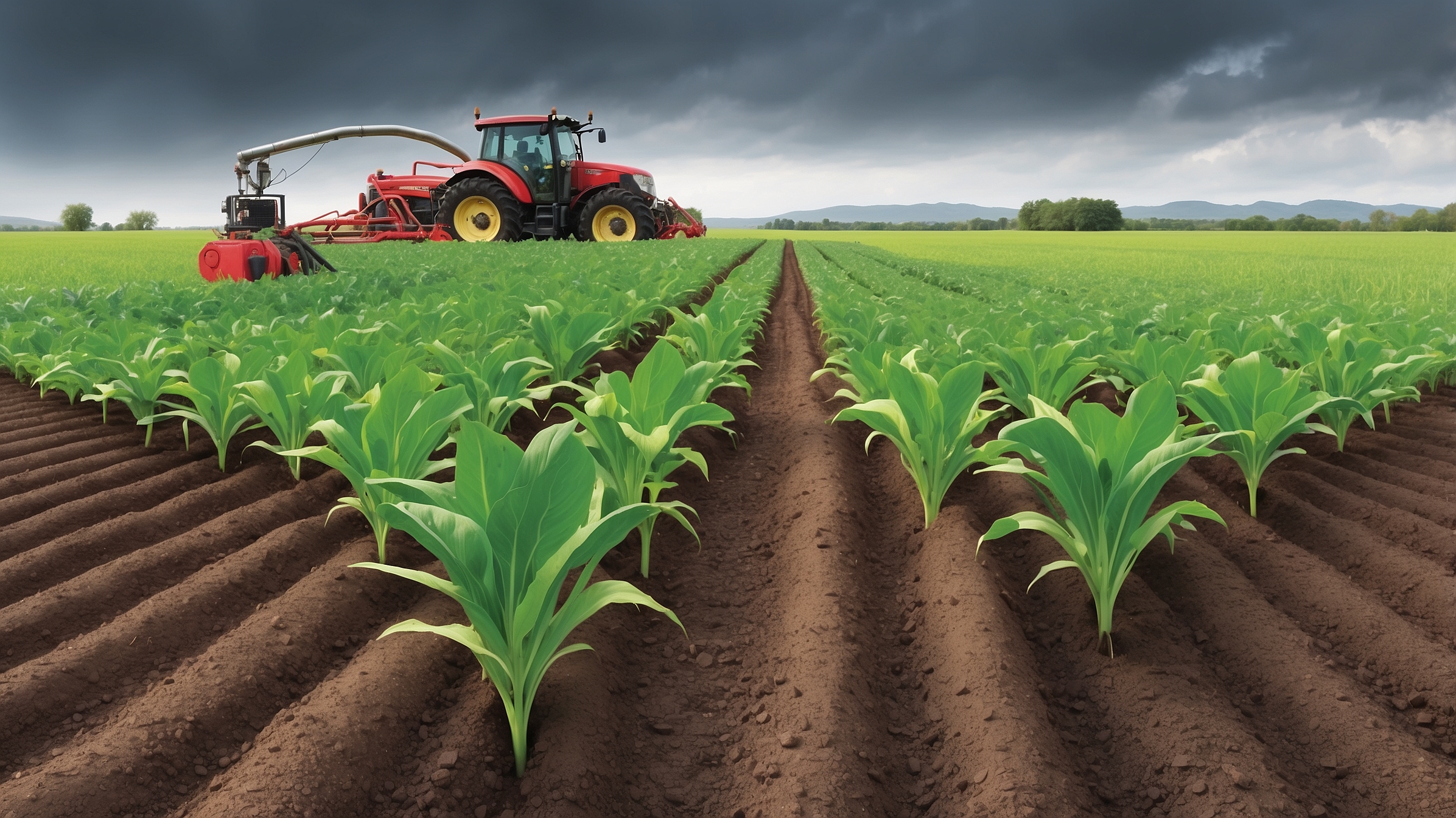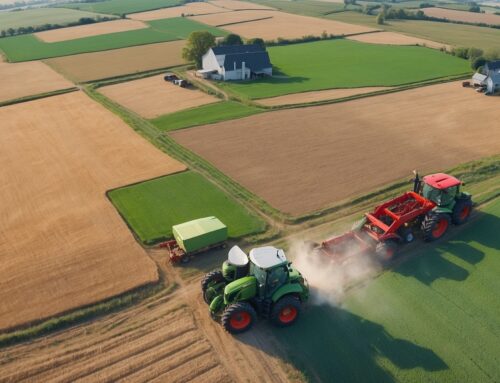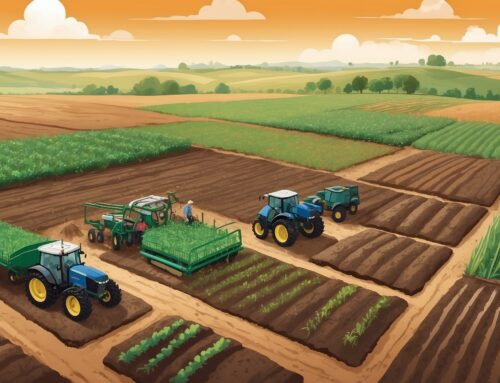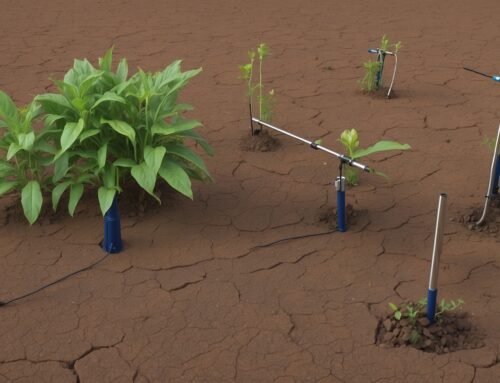Hey there, fellow growers! Let’s talk about something that doesn’t get nearly enough love—soil moisture sensors. These little gizmos are the backbone of precision farming, even if they’re not quite as flashy as a shiny new combine or a drone zipping around overhead. In fact, I’d say they’re like the trusty old work boots of the farm—maybe not the first thing that comes to mind when you’re dreaming of new gear, but absolutely essential once you get them.
Now, we’ve all had those seasons where the weather just can’t seem to make up its mind—one day the ground’s as dry as dust, and the next day it’s so soggy the tractor’s wheels are practically crying for help. That’s where soil moisture sensors come into play, giving us a real-time view of what’s happening below the surface. Let’s dig into why these humble sensors are the unsung heroes of our fields.
Soil Moisture Sensors: A Farmer’s Secret Weapon
You see, soil moisture sensors don’t just measure how wet or dry the soil is—they’re more like soil whisperers that tell us exactly what our crops need. Ever find yourself second-guessing whether you should water that field again or if Mother Nature might actually do her job this time? Soil moisture sensors take the guesswork out of it. Instead of relying on intuition (which, let’s be real, is usually pretty good but still not infallible), these sensors deliver hard data. And we all know, data doesn’t lie—unless it’s coming from that one cousin who insists he harvested 300 bushels per acre without a drop of rain.
The truth is, these sensors help us avoid some costly mistakes. Overwatering isn’t just about wasting water—it’s also about drowning your plants and washing away precious nutrients. And underwatering? Well, that’s basically like leaving your corn out in the desert without a canteen. Getting it just right means happier plants, better yields, and less time wondering why your alfalfa is looking so moody this year.
How Do Soil Moisture Sensors Work?
Alright, let’s get a bit technical for a minute—but don’t worry, I won’t get too deep into the weeds. Soil moisture sensors measure how much water is in the soil through something called capacitance or resistance. Picture sticking a probe in the ground that’s a little like those fancy thermometers they use on cooking shows—except instead of telling you if your steak is medium-rare, it’s telling you if your soil is thirsty or satisfied. The data is then transmitted (maybe to your phone or a control system), and voila, you’ve got the info you need to decide whether to irrigate or not.
These sensors can be placed at different depths, depending on what kind of crop you’re growing. If you’ve got deep-rooted crops like alfalfa or trees, you’ll want sensors deeper in the soil to monitor those roots way down there. For things like lettuce or strawberries, which have shallower roots, you’re more interested in what’s going on closer to the surface. The beauty here is that you can customize your sensor placement based on what’s in the field, making sure every crop gets exactly what it needs.
Saving Time, Money, and Sanity
You know the saying “Time is money”—well, nowhere is that truer than on the farm. Between fixing fences, battling weeds, chasing chickens (who somehow always find their way out of the coop), and all the other million things we’ve got to do, there’s never enough time. Soil moisture sensors can help save a bit of that time. Instead of having to manually check soil moisture—aka digging a hole and doing the ol’ “feel test”—these sensors can tell you everything you need to know with the push of a button. Imagine the time saved over an entire season!
And then there’s the money. Water isn’t free, and pumping it isn’t cheap either. By making sure you’re only watering when your soil actually needs it, soil moisture sensors help cut down on water bills—and help stretch out those irrigation pivots a bit longer before they need maintenance. Plus, better water management means healthier crops, and healthier crops mean higher yields. More bushels at the end of the year? That’s money in the bank.
Finally, let’s not forget about peace of mind. When you can see real data from your field, it makes it a lot easier to sleep at night. No more lying in bed thinking, “Did I overwater the east field?” or “Should I have run the pivot one more round on the north corner?” Instead, you can check the data, make the call, and rest easy knowing you’re doing what’s best for your crops.
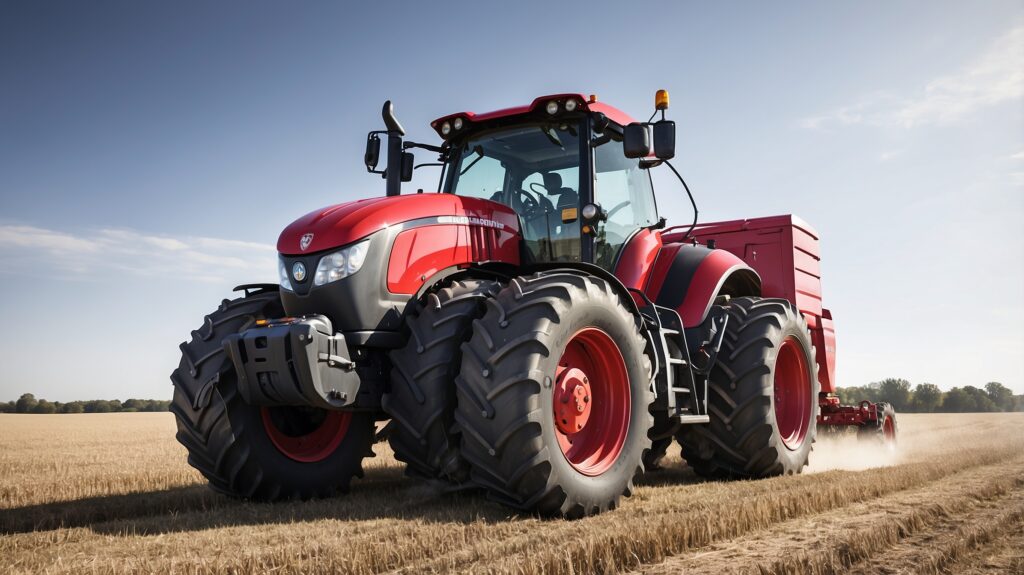
A Future Where the Soil Speaks
Soil moisture sensors might not be as shiny as the new GPS-guided tractor or as exciting as a drone buzzing overhead, but they’re just as important. They’re helping us move toward a future where we understand what our crops need better than ever before. It’s about taking the guesswork out of farming and making every drop of water count—because as much as we might like to think we can predict the weather, sometimes Mother Nature loves to keep us on our toes.
So next time you’re out in the field, give a nod to those little sensors sticking out of the ground. They’re the unsung heroes, the behind-the-scenes workers that are helping us grow better crops with less waste. Here’s to farming smarter, not harder—because, let’s face it, we’ve all got enough on our plate as it is.
Happy farming, and may your soil always be just the right amount of happy!

